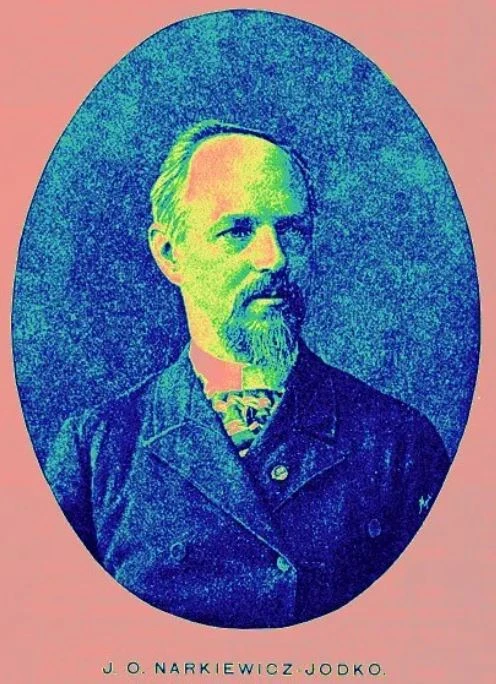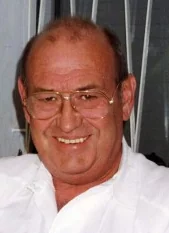
“Electrophotosphenes and energography as a proof of existence of the physiological polar energy”. This was the name of a small book by a doctor from St. Petersburg, Messira Pogorelsky, where he described his experiments in bioelectrography. Book, published in 1893. Many photographs of the glow of fingers and toes, ears and nose show how the pattern of fluorescence varies when the psychic state of a person changes. However, this work was far from being the first one.
In the 1770’s many researchers made experiments with electricity. There was no practical benefit from this: more than 100 years still remained till the invention of the electrical bulb by Tomas Edison; life passed with candlelights, European monarchies seemed to be eternal, and science studies were mainly the lot of an aristocracy. In 1777 a German physicist George Lichtenberg touched a metal electrode covered with glass and connected to voltage with his finger while experimenting with the electrical machine. And suddenly a burst of sparkles flew all around. This was magically beautiful, although a little bit frightening. Lichtenberg jerked back the finger and then repeated the experiment. The finger placed on the electrode was shining with bright blue light and treelike sparkles scattered from it. Lichtenberg, being a real academic scientist, investigated the behavior of this fluorescence in detail, although he substituted a grounded wire for a finger. The effect was the same, which later suggested an idea that some special energy exists in the body, and first electrical then torsion properties were attributed to it. Articles by Lichtenberg, masterfully done in German, are still cited in books on gas discharge. Further research demonstrated that electrical fluorescence was not so rarely met in nature…









